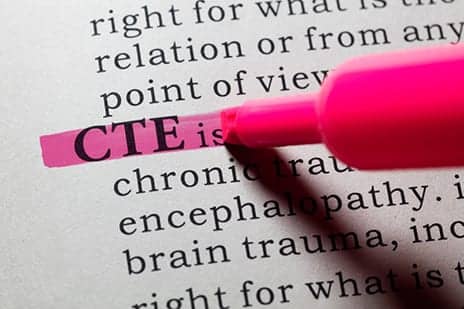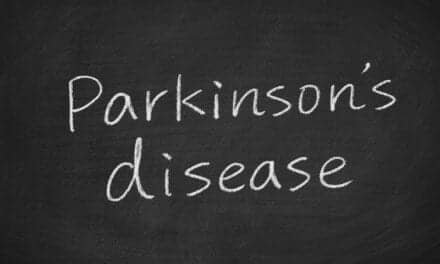A study published recently in Brain Pathology suggests that 6% of athletes and non-athletes were found to have the neurodegenerative disorder chronic traumatic encephalopathy (CTE).
“Generally our findings point to CTE being more common in athletes and more common in football players, but this study is a bit more balanced and accurately reflects the general population compared to previous studies,” says lead author Kevin Bieniek, PhD, of UT Health San Antoni, in a media release.
CTE, linked with repetitive blows to the head, has been found in 80% to 99% of autopsied brains of pro football players.
“We compared people who played a sport with those who didn’t play. We studied both young and old people, and amateur players versus college and professional players. And we studied both men and women, which had not been done previously. What we aimed to do was an unbiased screen for CTE from all sorts of different cases,” he adds.
In the study, the researchers scanned obituaries and high school yearbooks of 2,566 individuals whose brain autopsies are a part of the Mayo Clinic Tissue Registry. The study focused on a variety of contact sports: baseball, basketball, boxing, football, hockey, lacrosse, soccer, and wrestling. Non-contact sports, such as golf and tennis, were excluded.
This analysis identified 300 former athletes and 450 non-athletes. A small number of cases, 42, had CTE pathology (5.6% of the total). CTE was found in 27 athletes and 15 non-athletes, and in 41 men and one woman. American football had the highest frequency of CTE (15%) of the contact sports studied, with participation beyond high school resulting in the highest risk of developing CTE, explains the release, from University of Texas Health Science Center at San Antonio.
“The 42 cases, or 6%, is more of a grounded, realistic number,” Bieniek comments. “That might not seem like a lot, but when you consider there are millions of youth, high school and collegiate athletes in the United States alone who play organized sports, it has the potential of being a significant public health issue.
“There are many ongoing questions regarding CTE pathology, however, and we don’t want to discourage sources of healthy physical and cardiovascular activity like these sports. Rather, we emphasize safe strategies to reduce the possibility of head injuries and properly treat them when they are sustained.”
[Source(s): University of Texas Health Science Center at San Antonio, Science Daily]




